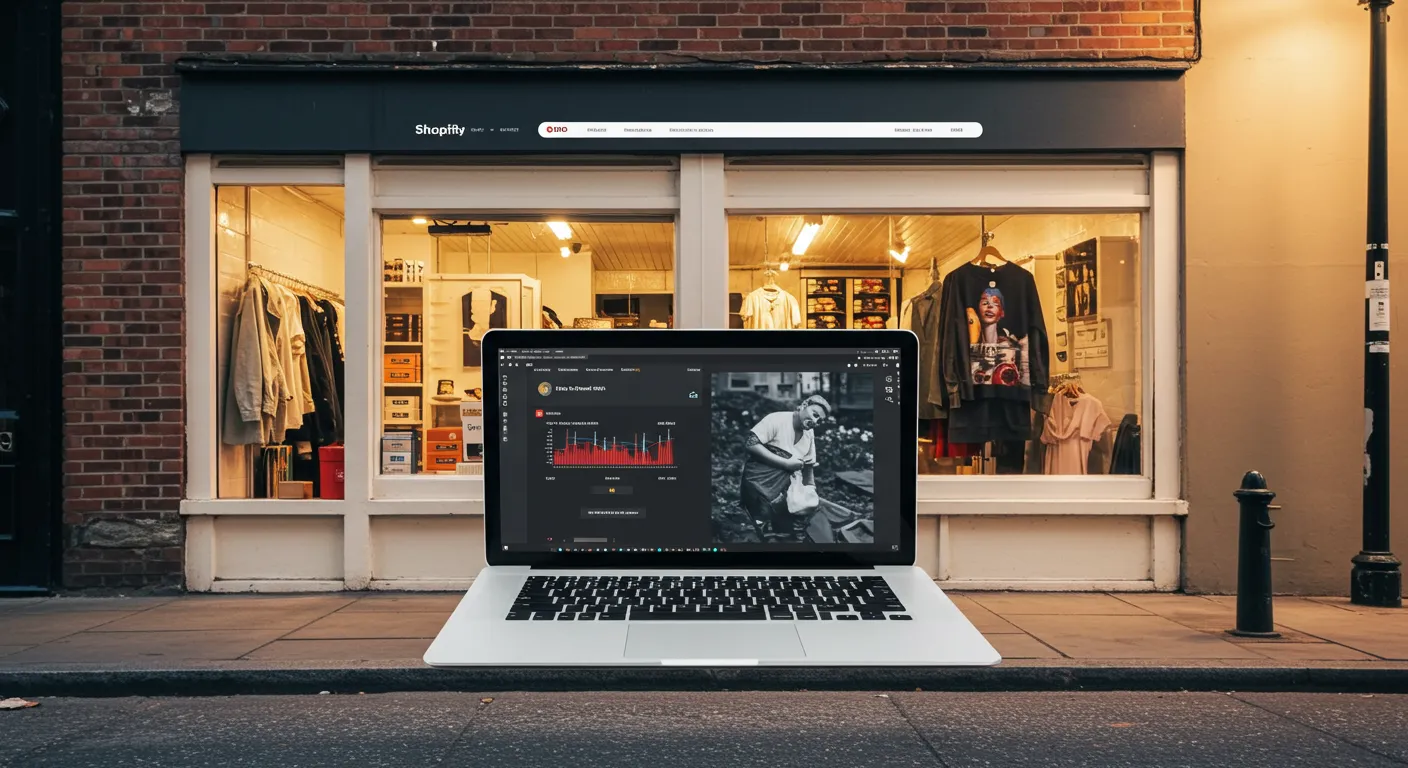Table of Contents
In the competitive e-commerce landscape, store speed isn’t just a bonus—it’s essential. Faster load times contribute to a superior user experience, improved SEO rankings, and higher conversion rates. On the contrary, a slow website risks alienating visitors, increasing bounce rates, and losing valuable sales opportunities. Prioritizing speed optimization can be a game-changer for any Shopify store owner.
This guide, brought to you by our Shopify Plus development agency, will walk you through a detailed strategy to boost your store’s performance. From refining images and code to managing third-party apps and optimizing themes, let’s work together to make your store lightning-fast for all visitors.
Image Optimization: Speeding Up Visual Elements
- Reduce Image File Sizes
High-resolution images can bog down your site. Compress them without losing quality by using tools like TinyPNG or Shopify’s built-in features to maintain fast loading times. - Select the Right Image Format
JPEG works best for product images, offering a good balance between quality and size. Use PNG for transparent images, and consider WebP for excellent compression without compromising visual appeal. - Responsive Image Adjustments
Ensure images automatically scale according to screen size. This reduces load time on mobile devices and enhances user experience.
Optimize Apps and Scripts: Streamlining Your Store’s Functionality
- Audit Your Installed Apps
Excess apps slow down your store with unnecessary code. Regularly audit and remove unused or outdated apps. - Choose Lightweight Apps
Select apps optimized for performance. Avoid those that require heavy external scripts, as they can hinder load speed. - Defer Non-Essential Scripts
Not all scripts need to load immediately. Prioritize essential ones and defer others to boost initial page load times.
Theme Selection and Code Refinement
- Pick a Performance-Focused Theme
Themes like Shopify’s Dawn or Turbo are designed with speed in mind. Steer clear of overly animated or feature-heavy themes that can slow down your site. - Minify CSS and JavaScript
Streamline your store’s code by reducing the size of CSS and JavaScript files. Shopify apps like “PageSpeed Optimizer” can help automate this process. - Optimize Liquid Code
Efficient Liquid code is critical to maintaining fast load times. Eliminate unnecessary loops and take full advantage of Shopify’s caching features.
Boost Speed with Browser Caching and Lazy Loading
- Activate Browser Caching
Enable browser caching so that repeat visitors don’t have to re-download resources. This minimizes load times for returning customers. - Implement Lazy Loading
Lazy loading ensures that images and videos load only when they appear on screen, improving initial page speed and reducing bandwidth consumption.
Leverage a Content Delivery Network (CDN)
Shopify’s built-in CDN ensures your store’s content is distributed globally, reducing load times no matter where your customers are. Be sure to enable this feature to enhance your store’s performance.
Optimize Redirects and Fix Broken Links
Excessive redirects and broken links can slow down your website. Regularly check for unnecessary redirects and repair any broken links to ensure smooth navigation for visitors.
Also Read: Why Every Business Should Consider Pay-Per-Click Advertising
Optimize Third-Party Integrations
- Fast Payment Gateways
Shopify Payments is a faster payment gateway option compared to third-party services, offering speedier checkout and improved conversion rates. - Limit Social Media Widgets
Social media integrations and chatbots can be performance-draining. Use them sparingly, or load them asynchronously to prevent slowdowns. - Reduce External Font Usage
External fonts can significantly impact your store’s speed. Limit the use of fonts and avoid excessive variations to keep your site fast.
Accelerate Mobile Pages (AMP) for Improved Mobile Experience
AMP simplifies your HTML and CSS, offering faster load times for mobile users. Shopify apps make it easy to integrate AMP, optimizing your store for mobile performance.
Regularly Monitor Performance
To maintain top-tier performance, monitor your store’s speed frequently. Utilize tools like Google PageSpeed Insights, GTmetrix, and Shopify’s speed reports to spot issues and track improvements.
Final Thoughts: Continuous Speed Optimization for Sustained Success
Optimizing your Shopify store’s speed is an ongoing commitment. Every tweak, from image compression to code refinement, contributes to faster load times, better SEO, higher conversion rates, and improved customer satisfaction.
For expert support in optimizing your store’s performance, our Shopify Plus eCommerce agency is here to help. We offer detailed audits and performance optimization services to keep your store running at peak efficiency.

